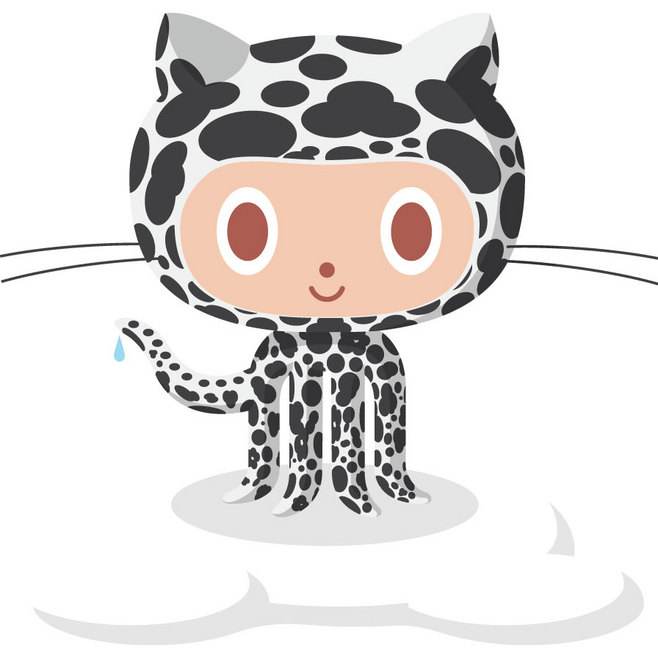Whale 234343 hunting has plundered the seas of giant whales for much of the last century. With the help of modern technology, people have killed up to 99 percent of certain species. Some scientists thought this would cause krill — the tiny crustaceans that many whales gulp down — to explode in number. But that didn't happen. New research suggests whale poop, or a lack of it, may explain this.
Krill numbers in Antarctic waters with lots of whale hunting have dropped by more than 80 percent. With fewer of these crustaceans, many other krill predators have gone hungry, such as seabirds and fish.

A new study looked at the eating habits of baleen whales (those that use long keratin plates of baleen to help snag prey). These include blue and humpback whales. Apparently, baleen whales eat about three times as much food as we thought. Lots more food means lots more poop. That poop is rich in iron. So with fewer whales, ecosystems get less iron and other crucial nutrients that they need to thrive. That hurts other species, including krill.
The team shared its findings in the November 4 issue of Nature. Restoring whale populations, the researchers say, could help these ecosystems recover.
Whale hunting has plundered the seas of giant whales for much of the last century. With the help of modern technology, people have killed up to 99 percent of certain species. Some scientists thought this would cause krill — the tiny crustaceans that many whales gulp down — to explode in number. But that didn't happen. New research suggests whale poop, or a lack of it, may explain this.
Krill numbers in Antarctic waters with lots of whale hunting have dropped by more than 80 percent. With fewer of these crustaceans, many other krill predators have gone hungry, such as seabirds and fish.

A new study looked at the eating habits of baleen whales (those that use long keratin plates of baleen to help snag prey). These include blue and humpback whales. Apparently, baleen whales eat about three times as much food as we thought. Lots more food means lots more poop. That poop is rich in iron. So with fewer whales, ecosystems get less iron and other crucial nutrients that they need to thrive. That hurts other species, including krill.
The team shared its findings in the November 4 issue of Nature. Restoring whale populations, the researchers say, could help these ecosystems recover.
Whale hunting has plundered the seas of giant whales for much of the last century. With the help of modern technology, people have killed up to 99 percent of certain species. Some scientists thought this would cause krill — the tiny crustaceans that many whales gulp down — to explode in number. But that didn't happen. New research suggests whale poop, or a lack of it, may explain this.
Krill numbers in Antarctic waters with lots of whale hunting have dropped by more than 80 percent. With fewer of these crustaceans, many other krill predators have gone hungry, such as seabirds and fish.

A new study looked at the eating habits of baleen whales (those that use long keratin plates of baleen to help snag prey). These include blue and humpback whales. Apparently, baleen whales eat about three times as much food as we thought. Lots more food means lots more poop. That poop is rich in iron. So with fewer whales, ecosystems get less iron and other crucial nutrients that they need to thrive. That hurts other species, including krill.
The team shared its findings in the November 4 issue of Nature. Restoring whale populations, the researchers say, could help these ecosystems recover.
Whale hunting has plundered the seas of giant whales for much of the last century. With the help of modern technology, people have killed up to 99 percent of certain species. Some scientists thought this would cause krill — the tiny crustaceans that many whales gulp down — to explode in number. But that didn't happen. New research suggests whale poop, or a lack of it, may explain this.
Krill numbers in Antarctic waters with lots of whale hunting have dropped by more than 80 percent. With fewer of these crustaceans, many other krill predators have gone hungry, such as seabirds and fish.

A new study looked at the eating habits of baleen whales (those that use long keratin plates of baleen to help snag prey). These include blue and humpback whales. Apparently, baleen whales eat about three times as much food as we thought. Lots more food means lots more poop. That poop is rich in iron. So with fewer whales, ecosystems get less iron and other crucial nutrients that they need to thrive. That hurts other species, including krill.
The team shared its findings in the November 4 issue of Nature. Restoring whale populations, the researchers say, could help these ecosystems recover.
 GitHub
GitHub